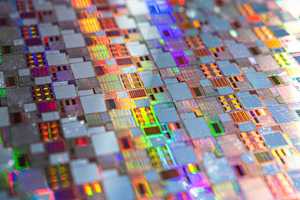
Kamal Mundoli works at Measurlabs as a materials testing expert, coordinating customer projects on the characterization of inorganic materials. His focus techniques include XPS, SAXS, WAXS, XANES, VPD-ICP-MS, SEM, and TEM.
Kamal holds a master's degree in physics from the Indian Institute of Science Education and Research, and is currently in the last phases of finishing his PhD on atmospheric aerosols at the University of Oulu. His research makes use of advanced computational and experimental methods, most notably synchrotron-based photoelectron spectroscopy techniques.
Academic publications
As a doctoral researcher at the University of Oulu, Kamal has contributed to several academic publications, including the following:
Pre-deliquescent water uptake in deposited nanoparticles observed with in situ ambient pressure X-ray photoelectron spectroscopy in Atmospheric Chemistry and Physics
Competition between two- and three-photon upconversion in Er3+-doped microcrystals in Journal of Luminescence

